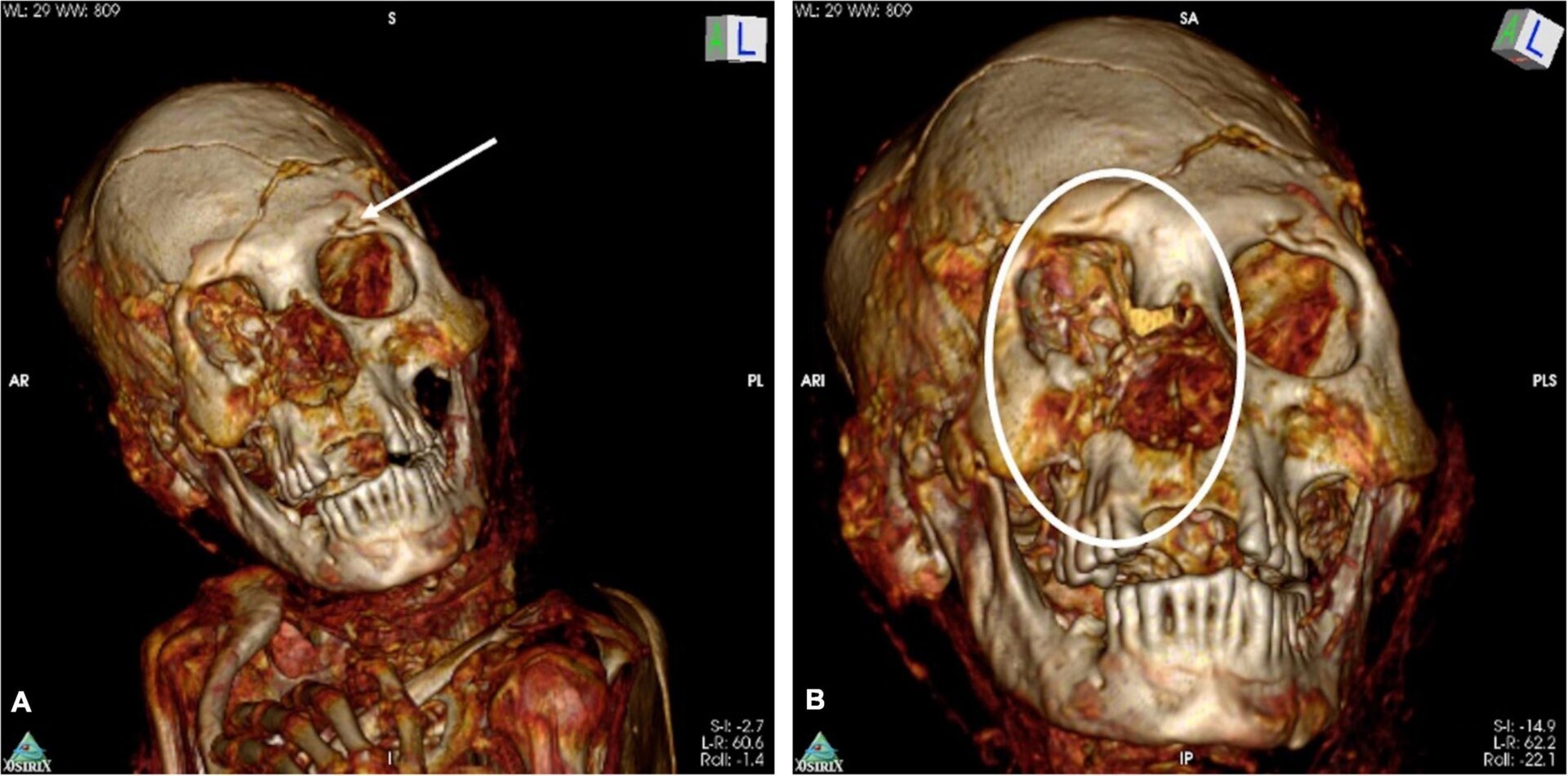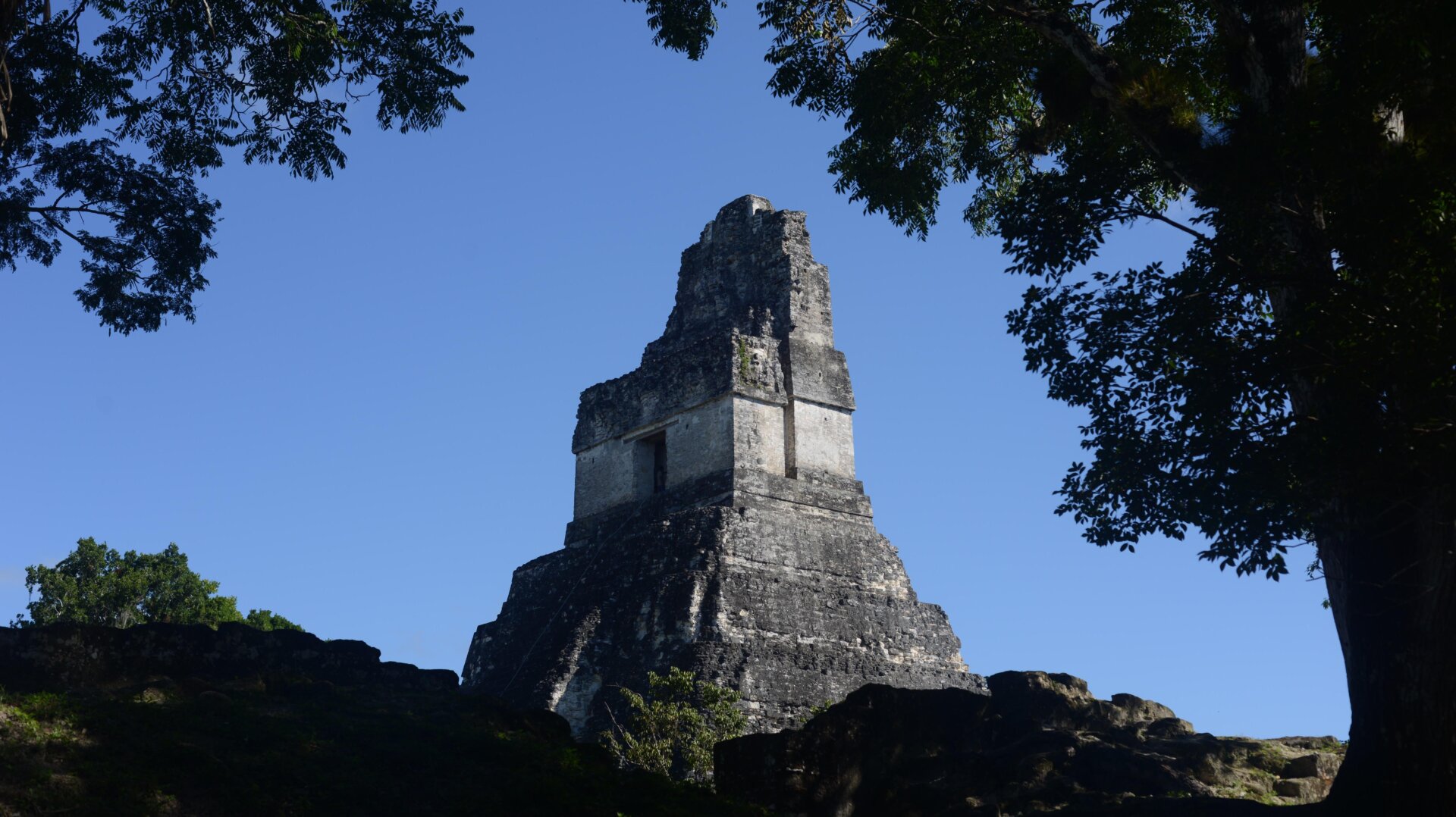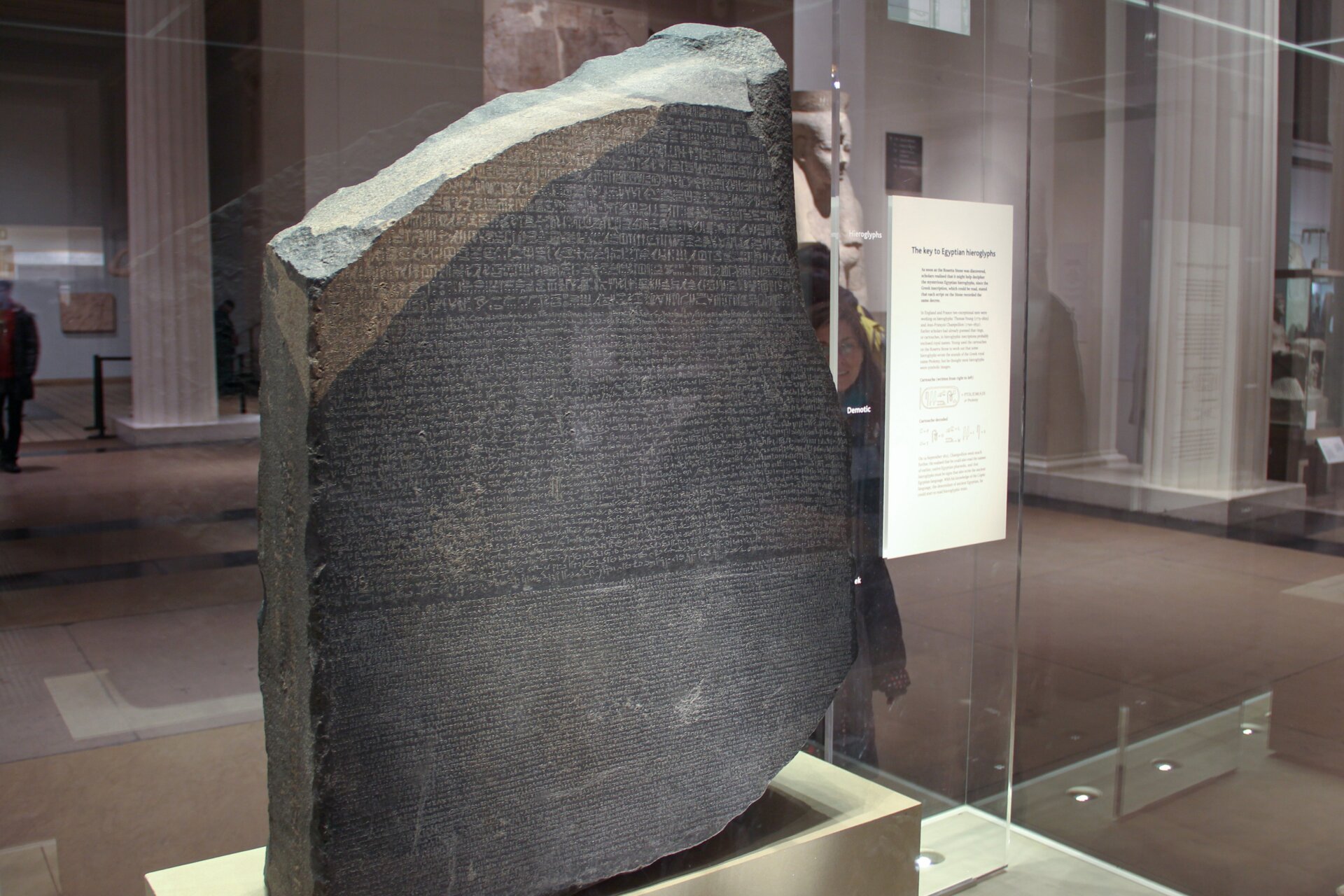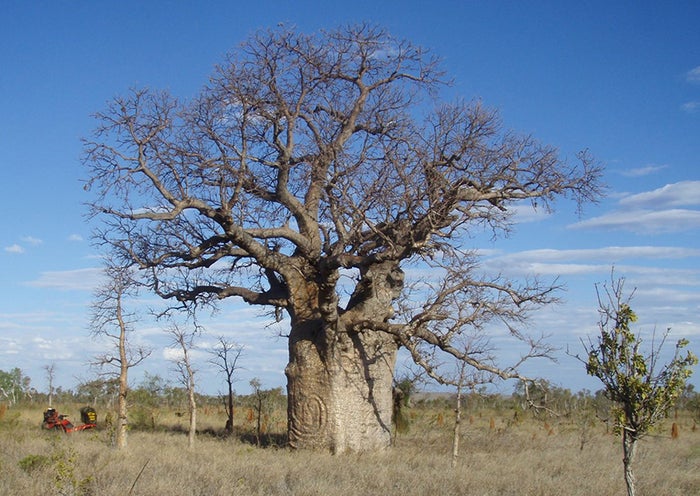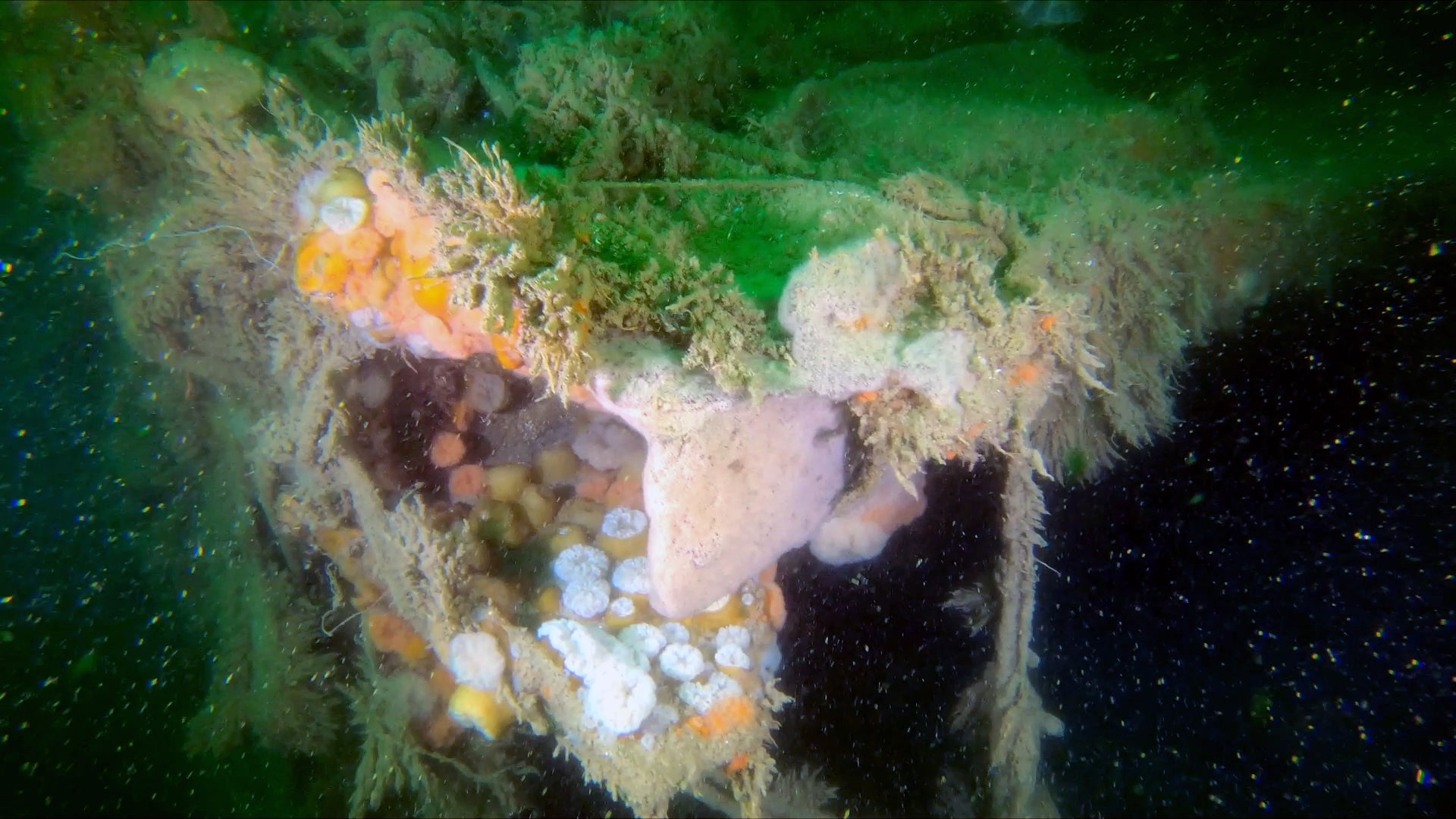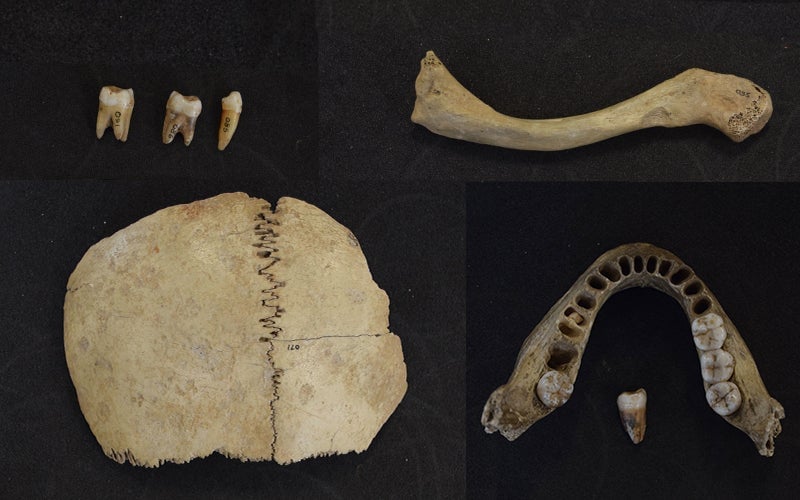Researchers used CT scans to examine three South American mummies dating back to 900-1300 CE, uncovering evidence suggesting two of the individuals were murdered. Warning: This article contains a photo of one of the bodies that may be disturbing.
The mummies, two male and one female, originate from Peru and Chile. While the female mummy appears to have died from natural causes, CT scans of the male mummies revealed signs of fatal bludgeoning and stabbing. The research, published in Frontiers, sheds light on the violent circumstances surrounding their deaths.
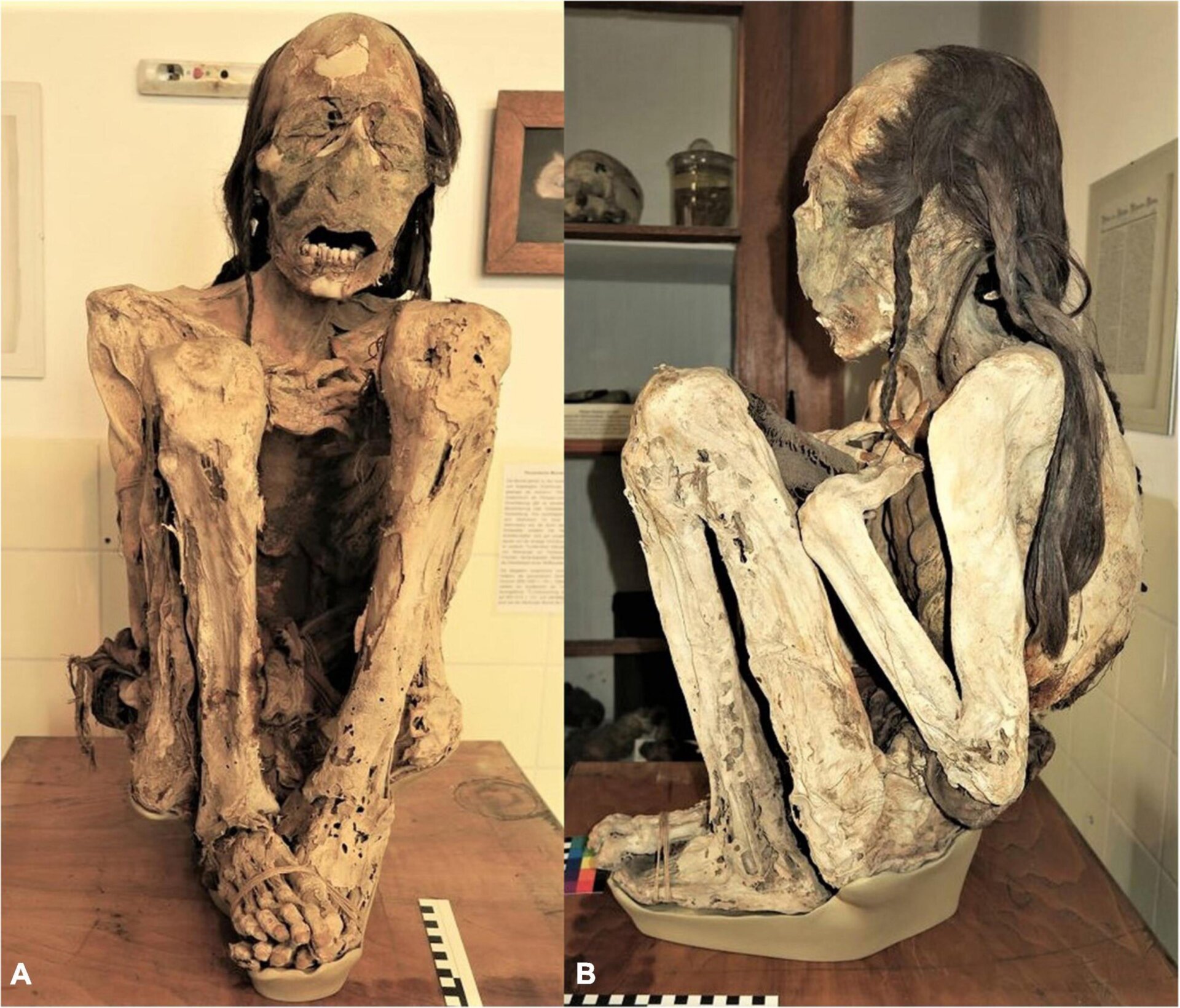 The “Marburg mummy,” buried in a position similar to many mummies from the area.The “Marburg mummy,” buried in a position similar to many mummies from the area. Image: Begerock et al., Frontiers 2022
The “Marburg mummy,” buried in a position similar to many mummies from the area.The “Marburg mummy,” buried in a position similar to many mummies from the area. Image: Begerock et al., Frontiers 2022
Uncovering Ancient Violence Through Modern Technology
The mummies were brought to Europe in the mid-to-late 19th century and had not been thoroughly examined with modern imaging techniques until now. The researchers utilized CT scans to determine the mummies’ ages, preservation status, and potential causes of death. This non-invasive approach allows for detailed analysis without damaging the fragile remains.
Evidence of Brutal Attacks
One of the male mummies, housed at the University of Marburg in Germany, was initially misidentified as female. However, the CT scans revealed a far more significant discovery: clear evidence of a violent death. The researchers documented a severe blow to the face and a stab wound that pierced the aorta and lung, likely causing fatal blood loss. The brutality of the attack suggests interpersonal violence.
Repeated Trauma and a Fatal Blow
The second male mummy exhibited signs of repeated trauma throughout his life, evidenced by multiple healed skull fractures. The researchers also identified dislocated cervical spine segments, indicating a forceful blow to the back of the head, which they believe was the ultimate cause of death. This individual’s history of injuries paints a picture of a life marked by violence.
Rethinking Ancient Violence in South America
Study co-author Andreas Nerlich, a pathologist at the Academic Clinic Munich-Bogenhausen, noted that previous studies on skulls from Northern Chile and Peru indicated trauma rates between 5% and 35%. However, the findings from these CT scans suggest that violence may have been even more prevalent than previously thought. Further investigation of other mummies could provide a more comprehensive understanding of trauma types and rates in ancient South American populations.
Further Research and Implications
The study highlights the valuable insights that modern imaging technology can provide into the lives and deaths of ancient individuals. By combining archaeological evidence with advanced medical techniques, researchers can piece together a more complete picture of the past, uncovering hidden truths about ancient societies and the violence that sometimes shaped them.
More: Body Preserved in a Bog Since the Iron Age Still Contains Undigested Last Meal



